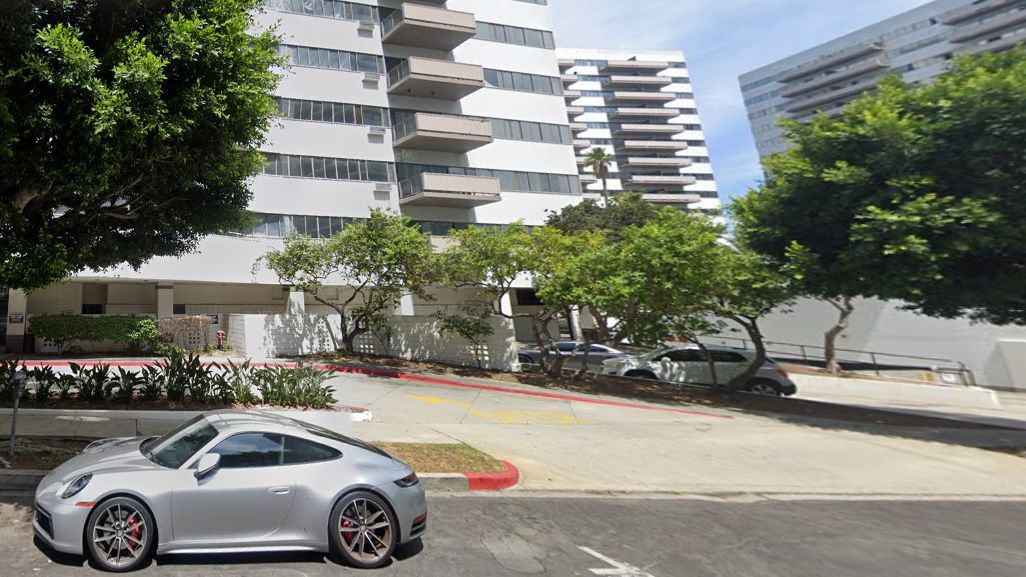LOS ANGELES (CNS) — The Barrington Plaza Tenants Association wants a judge to order a top Barrington Pacific LLC member to answer deposition questions about key issues, including the future use and occupancy of the Wilshire Boulevard building.
Attorneys for the tenants filed court papers on Friday with Los Angeles Superior Court Judge Jill Feeney outlining the five areas in which they hope to query the company’s “person most knowledgeable,” a legal term for persons who are appointed mainly by corporations and government agencies to testify on their behalf.
“To date, defense counsel has only avoided communicating with plaintiffs’ counsel regarding rescheduling the deposition of Barrington Pacific’s PMK,” the plaintiffs’ lawyers state in their court papers.
Other areas in which the tenants’ lawyers want to question the PMK are regarding the number of Barrington tenants as of May 8 and the quantity of units in which at least one resident has exercised his or her right to extend their tenancy for one year.
In their court papers, Barrington attorneys state that the plaintiffs’ lawyers “unilaterally noticed this deposition without reasonable consideration of the schedules of opposing counsel and the deponent” and that they will meet and confer with the tenants’ counsel to schedule the deposition on a mutually agreeable date. Meanwhile, a Nov. 27 hearing date is scheduled for the plaintiffs’ motion to compel the deposition.
The suit was filed June 12 following an announcement by owners last month that the 712-unit West Los Angeles complex — which has been the scene of two fires over the past decade, including one that killed a 19-year-old foreign exchange student — will be closing to all renters and begin vacating occupied units so the buildings can be renovated with fire sprinklers and other safety upgrades.
The complaint focuses on a state law that allows landlords to evict if they plan to remove the units from the rental market. Passed in 1985, the Ellis Act was created to allow mom-and-pop landlords to go out of the rental business and take the units off the rental market.
However, the suit contends the rent-controlled property owner, lawsuit co-defendant Douglas Emmett Inc., is in violation of the law and is improperly using it to justify evicting tenants.
Eric Rose, a spokesperson for Barrington Plaza, previously said in a statement to City News Service: “We have received the action filed by some of our tenants and are in the process of reviewing the claims made.”
“Primarily it is important to note, Barrington Plaza has and is following the rules laid out by the Ellis Act,” Rose said. “The units are being removed from the market under the terms of the Ellis Act as well as the City’s implementing ordinances. As has been stated by the City, ownership of Barrington Plaza has been and continues to be uncertain about the ultimate disposition of the units and are preparing for a host of options, inclusive of rehabilitation of the complex to comply with all current fire and life safety requirements. To the extent that the units were brought back onto the rental market, the owner would follow all obligations relative to former tenants as provided in those State and local rules.”
The tenant suit maintains that the landlord can make the safety upgrades without permanently displacing them. A majority of the building’s tenants are a mix of retirees, working-class and white-collar workers and students.



